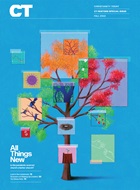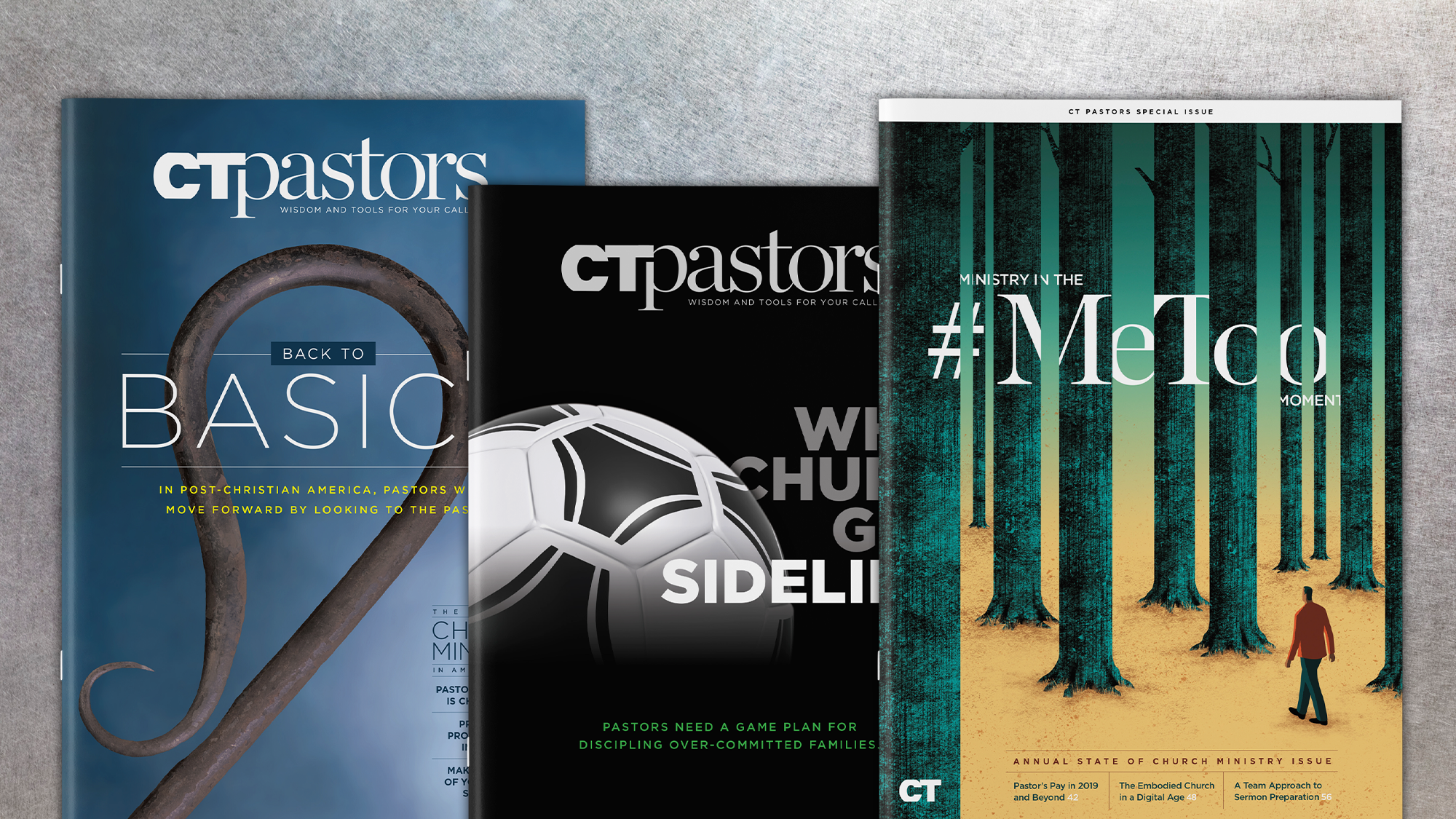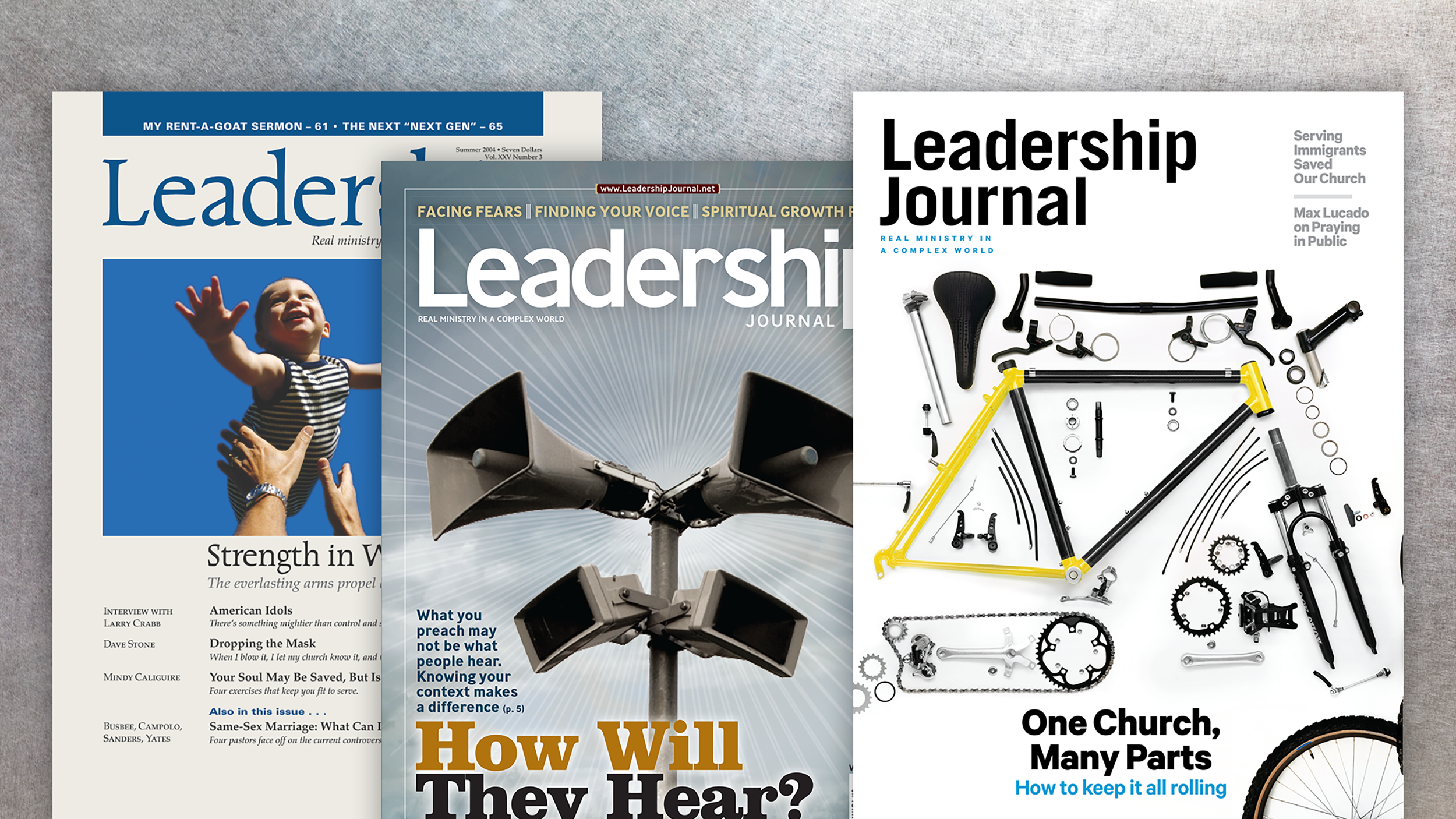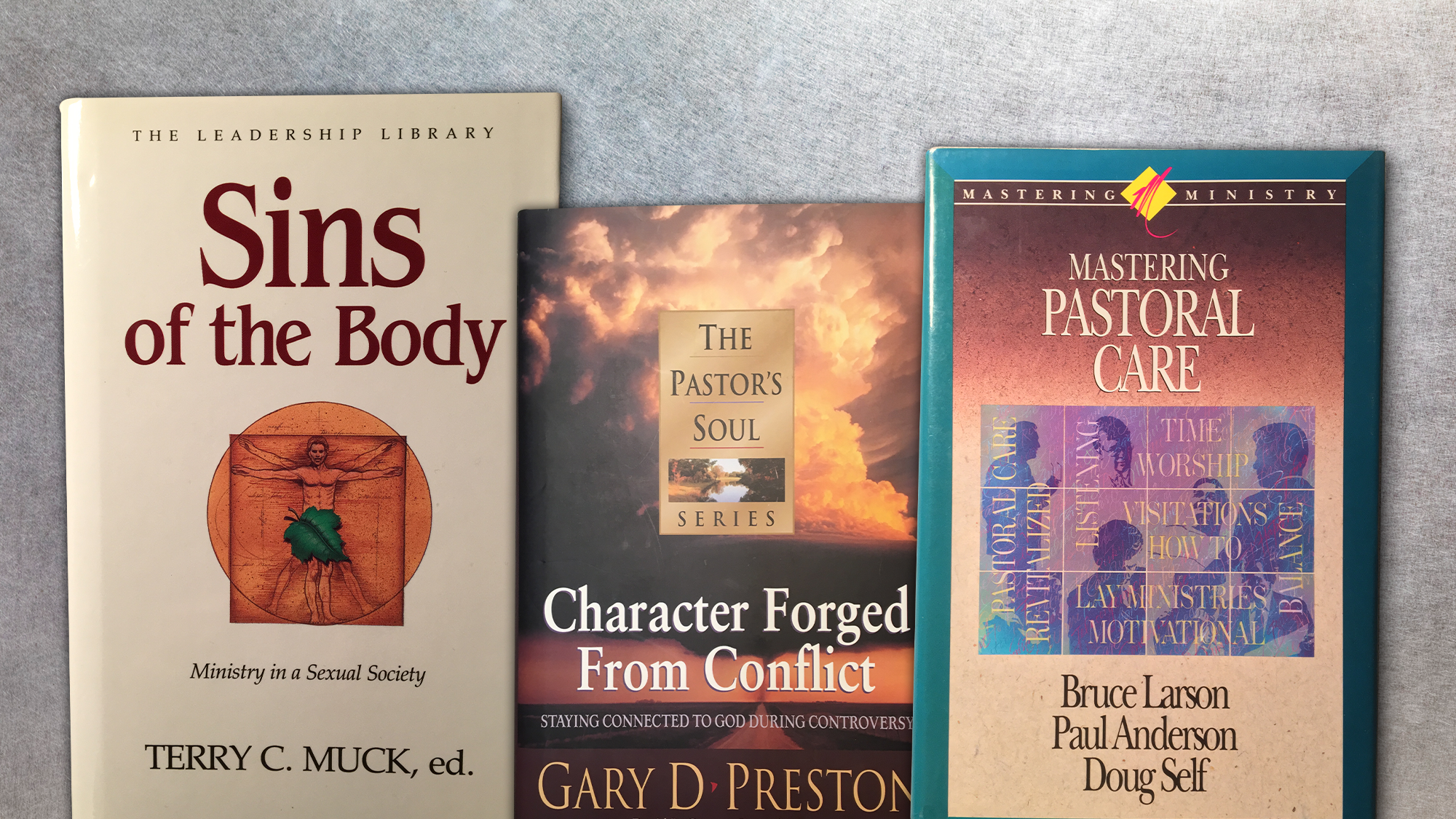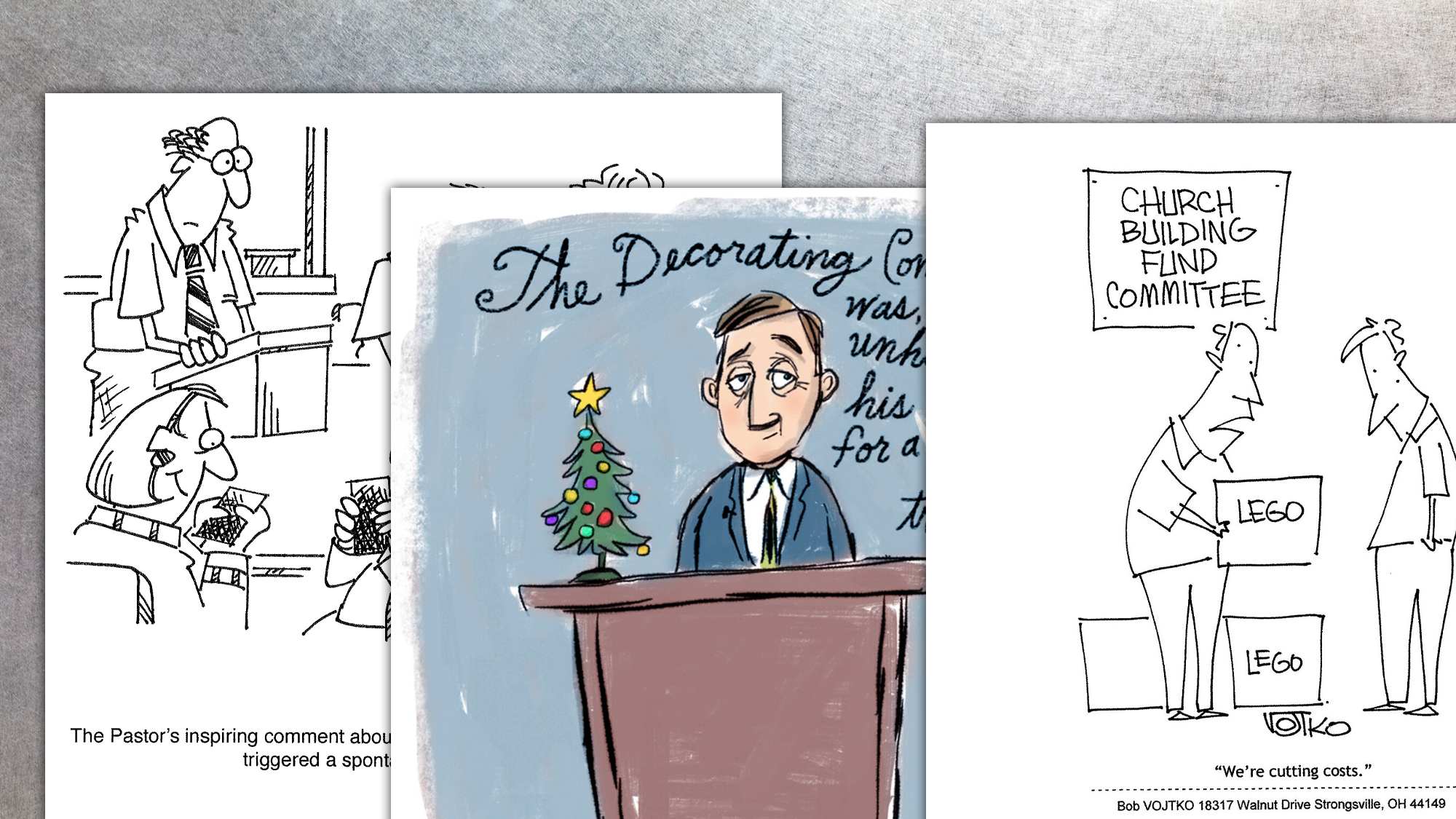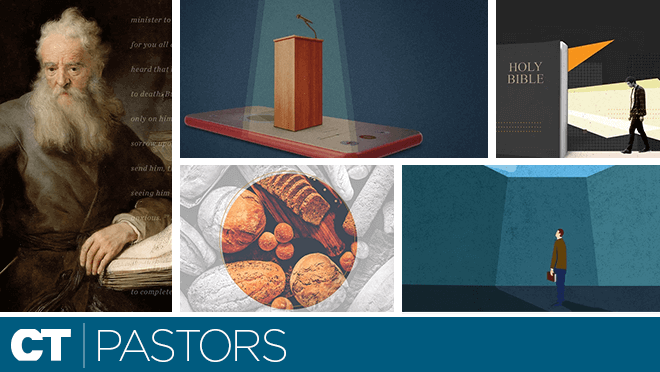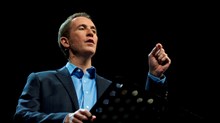In the late 1990s, a property developer began designing Highpoint Community in Romeoville, Illinois, a suburb of Chicago. His plans consisted of apartments and single-family housing oriented around a central village green featuring a community center. And in that community center he envisioned an anchoring presence that is seldom considered by commercial and residential real estate developers: a church.
Initially, the developer approached the leaders of his home church, Community Christian Church, an 800-member congregation in nearby Naperville. He asked them to consider moving their church to Highpoint. They said no.
Instead, Community Christian's leaders decided to launch a second campus in Highpoint and rent space in the community center, which included a basketball court, classrooms, and a café. A few years later, the church built its own facility: the 12,000-square-foot Children and Arts Center. Staffed by church personnel and funded completely by Community Christian, the Children and Arts Center provides a full schedule of after-school arts and education for children in Highpoint throughout the week.
Scott Knollenberg, campus pastor of Community Christian in Highpoint, says the location at the center of the community perfectly serves the church's mission of "helping people find their way back to God." In particular, the congregation feels called to reach out to the nearly 300 single mothers within a half-mile of the church, along with their children and teenagers.
With its facilities at the center of the Highpoint Community and open for public use during the week, Community Christian exemplifies one application of an architectural school of thought known as "new urbanism." New urbanism emerged during the 1980s as an urban development movement. Today developers are adapting the principles of new urban design for use in the suburbs (sometimes called "new suburbanism").
And in both the urban and suburban manifestations, churches are finding some of the elements of the design philosophy an excellent means of advancing their ministry mission.
Reintroducing the Sacred
The term "new urbanism" encompasses a range of design commitments. At its simplest, the philosophy is characterized by a commitment to creating community through architecture and neighborhood development. It is an effort to move away from functional land-use zoning, in which retail, commercial, and residential areas are all given dedicated space. This type of city planning is used primarily to cater to the automobile. New urbanism, as urban designer Mel McGowan of Visioneering Studios describes it, is committed to "getting back to human-scale place making." Zoning for multiple uses is as old as the earliest human civilization. "The only thing that's 'new' about [new urbanism] is learning how to respond to the technology of the internal combustion engine," he says.
New urban developments, then, share a list of common characteristics. Because they are meant to reinforce community, the developments have a discernible center. Many new urban efforts include a range of housing options, from apartments and townhomes to single-family residences and from luxury to affordable. These houses usually are built within a quarter mile (a five-minute walk) of the community center. Land is zoned for a diversity of uses, so that housing, entertainment, and the residents' normal weekly needs are all available within walking distance of a central community hub.
There is also a conservationist impulse within new urbanism. Developers hope, through multi-use zoning and community orientation, to lessen land waste and pollution by reducing the need for motorized transportation. Much of new urban design, then, includes reclaiming used land, such as turning an abandoned airport campus into a new suburban neighborhood.
New urbanism is attractive to churches for a variety of reasons; many find that the philosophy's emphases on community, renewal, and conservation merge well with their own mission to reach their communities.
Perhaps the most appealing aspect of new urbanism is the prominence it offers churches.
"Churches were erased out of the mix with functional zoning," McGowan explains. This is because cities want to maximize their real estate for retail and housing projects in the interest of tax revenue, and church facilities protected by tax-exempt status can appear to city councils and local government as obstacles to growth and progress.
But this certainly has not always been the case.
"Historically, in both Eastern and Western cultures, the first thing to be built and given the place of prominence was sacred space," McGowan says. In new urbanism, McGowan sees an opportunity for "filling the God-shaped hole of every community." McGowan's mission as the head of a national church architecture firm is to help churches reclaim their place at the heart of their communities. Otherwise, he says, communities will continue "trying to fill that hole with things every person tries to fill it with—entertainment, sports, or shopping."
Churches also are gravitating toward new urbanism and new suburbanism for theological reasons.
Redeemer Presbyterian Church in Newport Beach, California, is eager to become "part of the fabric of the life of the city." Jim Belcher, Redeemer's lead pastor, says, "The thing that motivates us is the call to be culture makers. Jeremiah tells us to seek the peace of the city. When he tells us to build homes and plant gardens, what does he mean? Is he speaking individually, or about the community at large—about our church community or the larger community?" For Redeemer, the congregation of about 300 people hopes to do this by restoring a downtown city block to include its meeting place, as well as residential and commercial spaces.
Collaborating with Cities
The ideal time for a church to work its way into the center of a community may be at its inception. In the case of Community Christian, the developer made room for the church from the very beginning. But other churches are finding their place by helping local governments meet their goals for urban (and suburban) revitalization.
Rock Bridge Church in Dalton, Georgia, first met in a rented World War II-era theater. The space was ideal for a number of reasons. The location, at the center of Dalton, which is also the geographic center of the county, reflected the church's desire to be active in the local community life. More practically, retrofitting and restoring the space cost less than relocating to the suburbs.
But when the opportunity arose for Rock Bridge to purchase the theater, local officials expressed skepticism.
"Initially the relationship we had with the city government was hostile," explains pastor Matt Evans, "because they had spent a lot of effort to revitalize the downtown, and I think we were seen as a threat to that revitalization."
In their plans for renovation, Dalton city officials imagined the renewed downtown as a retail hub. They weren't willing at first to give up their revenue-generating retail space. Rock Bridge was sensitive to the city's misgivings from the beginning. "When we came in, we were convinced to not work against or compete with the city," says Evans, "but to be a good neighbor to the city and to be an asset to the downtown community."
After purchasing the theater, Rock Bridge began buying adjacent buildings on the same block. To avoid cannibalizing business space, it purchased mainly vacant buildings. It now makes those facilities available for town hall meetings, community organizations, and other civic uses. Rock Bridge also has been careful to renovate the facilities it acquires so that they remain consistent with the historic look of downtown Dalton.
"We didn't want to build a church that looked like a church because it would compete with the work the city had done in restoring downtown," Evans says.
Because Rock Bridge has been sensitive to the council's values as it contributes to the downtown Dalton community, Evans says the church's relationship with the city is now a positive one.
Calculating Costs
New urban projects provide a unique opportunity for churches to share some of the costs of construction with local municipalities, or even to recuperate expenses through the sales of retail or residential property.
Mel McGowan encourages churches to think creatively about ways a church facility can meet a community need, so that the community might bear some of the financial burden. For example, an urban church might lease city parking instead of paving its own property, and a suburban congregation might consider making its parking space a park-and-ride lot for the local transit system. If a church's primary facility were to double as a community arts center, for example, the local government might help develop the property.
Rock Bridge shared costs with the city of Dalton to help the city complete a streetscape renovation that involved laying brick sidewalks, planting trees, and installing lamps and benches. Rock Bridge provided materials to complete the streetscape along the roads adjacent to the church building and the city provided its trained labor force.
Darren Sloniger, a real estate developer and founding pastor of West Ridge Community Church in Elgin, Illinois, strategically incorporated his church building into a residential development. The development included a small commercial space and some residences, which the church sold to outside investors to recuperate its own construction costs.
Despite the potential benefits of real estate development, such an undertaking is a risk. A church considering any such venture should contact a qualified developer before making any firm decisions. Similarly, retrofitting and renovating both have potential for hidden expenses. Jim Couchenour with Cogun Inc., the church design/build firm that has led Rock Bridge through its development, warns "When you begin to renovate older facilities, it can be a mine field when you discover what's behind the walls." In some cases it will be cheaper and easier to start over than to renovate existing facilities.
Running community programs during the week may also increase a church's operating costs.
"My best guess is that facility costs are only about 10 percent higher because of weekday programming—a little more in electricity, gas, and janitorial," says Community Christian's Scott Knollenberg. But a church may find ways to recuperate the higher costs. Community Christian does this by renting out space in the facility. "All non-rent programming that operates in the space is self-supporting or is voluntary, so there is ultimately no cost to the church," Knollenberg says.
Serving Two Purposes
Beyond the financial and strategic considerations, there are several important philosophical decisions a church must make before it pursues any type of new urbanism project. First, certain aspects of these projects, especially operating a business, overseeing residential properties, or selling properties for profit, may challenge a church's tax-exempt status. A congregation needs to evaluate the tax implications any potential revenue may cause.
It also will be important for a church to consider its understanding of the relationship between sacred and secular space. One church's theology and vision may leave space for the staff and congregation to be involved in commercial and investment ventures on the church's behalf; others may not. It is imperative that a church reach a consensus with its vision before proceeding.
Finally, a church must decide who its facilities should benefit: the church and its members or the church's neighbors? Fortunately the answer may be both. Sloniger says that while the church has been able to minister in its West Ridge location, the choice to build there has been a boon for the church.
"The church grew from around 200 to 750 in about a day," he says, "the day we opened the doors on the new facility."
Brandon O'Brien is assistant editor of Leadership journal and BuildingChurchLeaders.com.
Copyright © 2009 by the author or Christianity Today/Your Church magazine.
Click here for reprint information on Your Church.

Support Our Work
Subscribe to CT for less than $4.25/month







